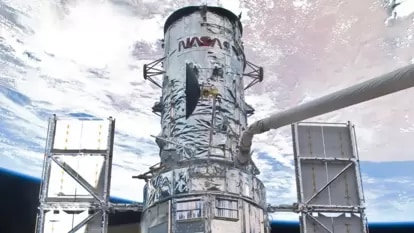CME could spark a G1-class geomagnetic storm on March 2; Know all about this solar storm danger
NOAA forecasters have recently revealed details about a solar storm danger as a CME could spark a geomagnetic storm on March 2. Know all the details.

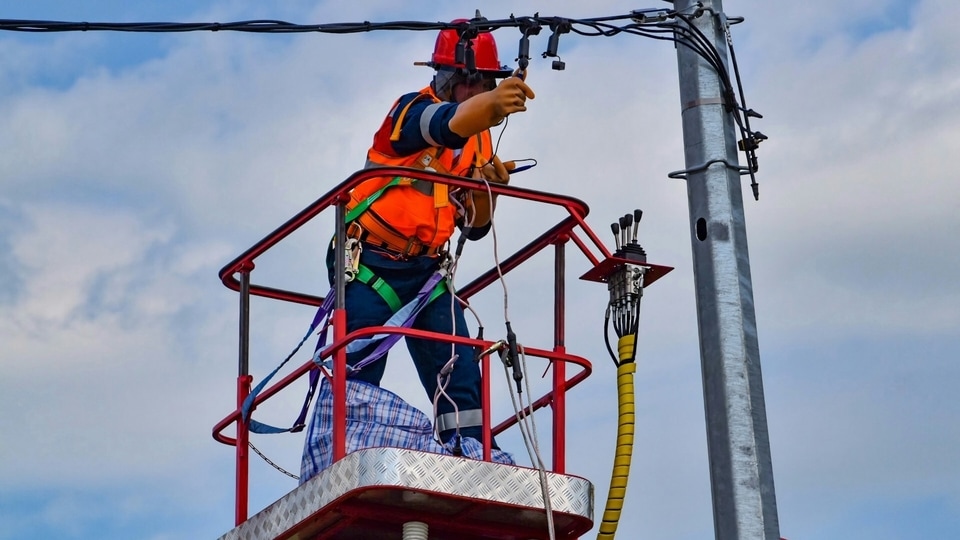

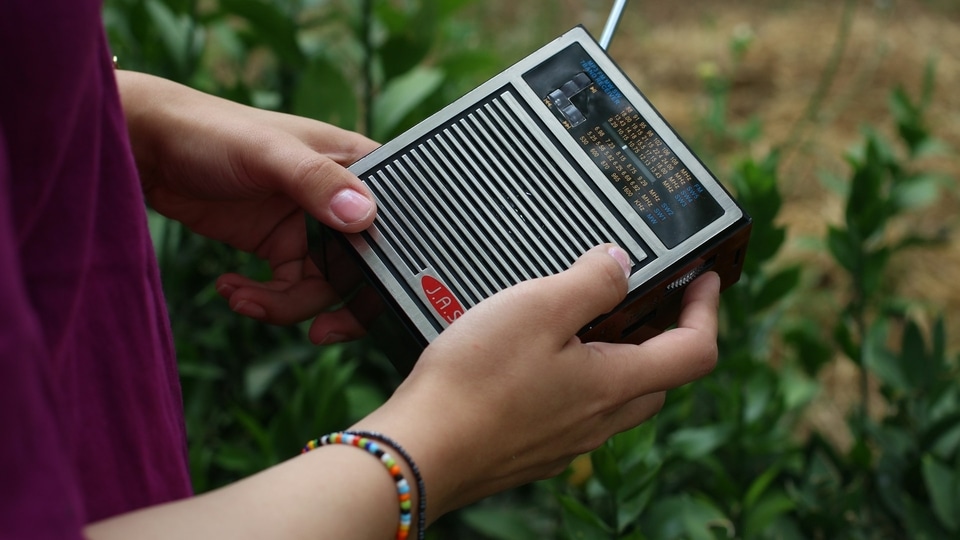
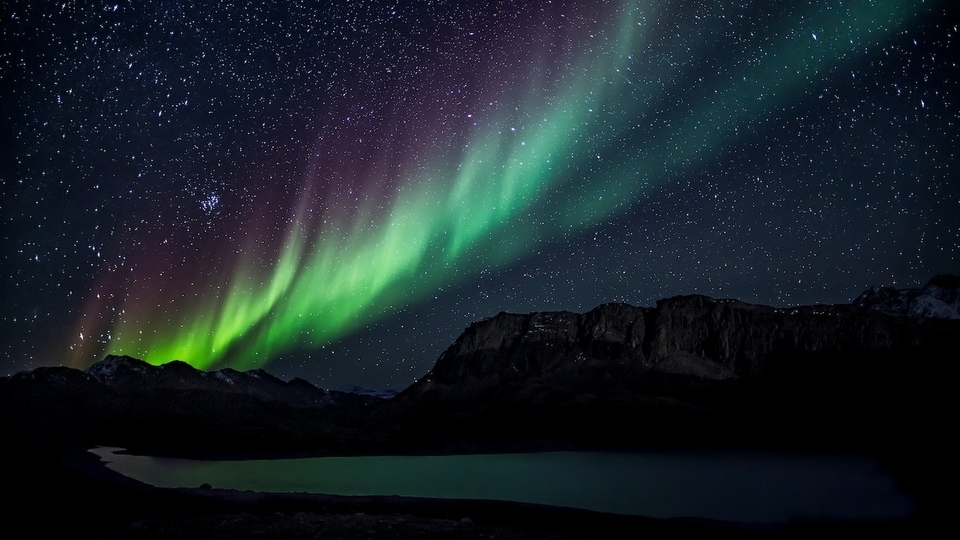
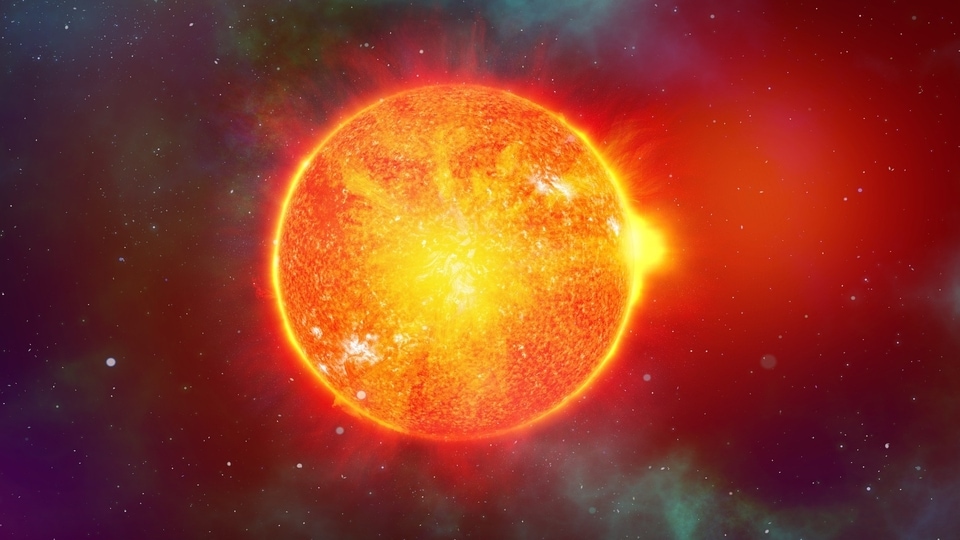
 View all Images
View all ImagesIn the last week of February, the Sun turned volatile and hurled out 3 dangerous X-class solar flares in the span of just 24 hours. One of these flares was the strongest one recorded since 2017 and certainly the highest in intensity in the current solar cycle 25. As we move towards the peak of this cycle, solar activity is expected to ramp up, resulting in potential CMEs, filament eruptions, solar storms, solar flares and geomagnetic storms. Forecasters have recently revealed details about a solar storm danger as a CME could spark a geomagnetic storm on March 2. Know all the details.
Geomagnetic storm
According to a Space Weather report, forecasters at the National Oceanic and Atmospheric Administration (NOAA) have shed light on a CME that was hurled out into space yesterday after the eruption of sunspot AR3592. This CME is expected to graze Earth's magnetic field on March 2 and could spark a G1-class geomagnetic storm.
According to NASA, a geomagnetic storm is a major disturbance of Earth's magnetosphere which occurs when there is a strong exchange of energy from the solar wind in the space above Earth. The high-speed solar flares spewed out by a solar storm interact with the Earth's electromagnetic field and cause the formation of Geomagnetic storms.
Are geomagnetic storms dangerous?
G1-class geomagnetic storms are considered minor storms, and they generally don't cause a lot of damage. Such magnetic storms may not be strong enough to affect mobile networks or damage satellites, but they can still cause radio blackouts and disrupt GPS signals. However, geomagnetic storms often cause the formation of auroras, blue-green hues of light seen near the polar regions.
But if a geomagnetic storm is strong enough, it can do more damage than just Auroras. They can damage small satellites, impact mobile networks, and GPS, and even pose a threat to ground-based electronics and power grids by increasing the magnetic potential by huge amounts.
Also, read other top stories today:
Bill Gates praises Indian Innovation! Gates feels that India has made rapid strides in Digital Public infrastructure and there has been a lot of improvement in key areas. Some interesting details in this article. Check it out here.
Microsoft startup aims to build AI software! Synth Labs is primarily focused on building software, some of it open source, to help a range of companies ensure that their AI systems act according to their intentions. Read more here.
Gemini gets Calendar access! Google's AI chatbot can now perform several tasks for you including creating an event or reviewing the upcoming events of the day. Know how to use it here.
One more thing! We are now on WhatsApp Channels! Follow us there so you never miss any updates from the world of technology. To follow the HT Tech channel on WhatsApp, click here to join now!
Catch all the Latest Tech News, Mobile News, Laptop News, Gaming news, Wearables News , How To News, also keep up with us on Whatsapp channel,Twitter, Facebook, Google News, and Instagram. For our latest videos, subscribe to our YouTube channel.








